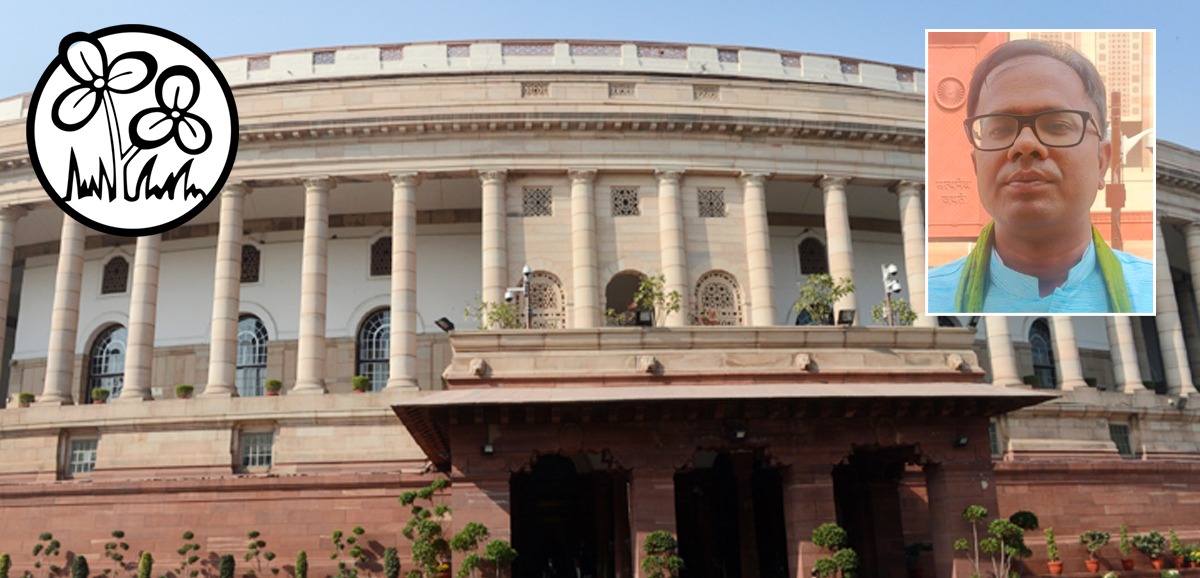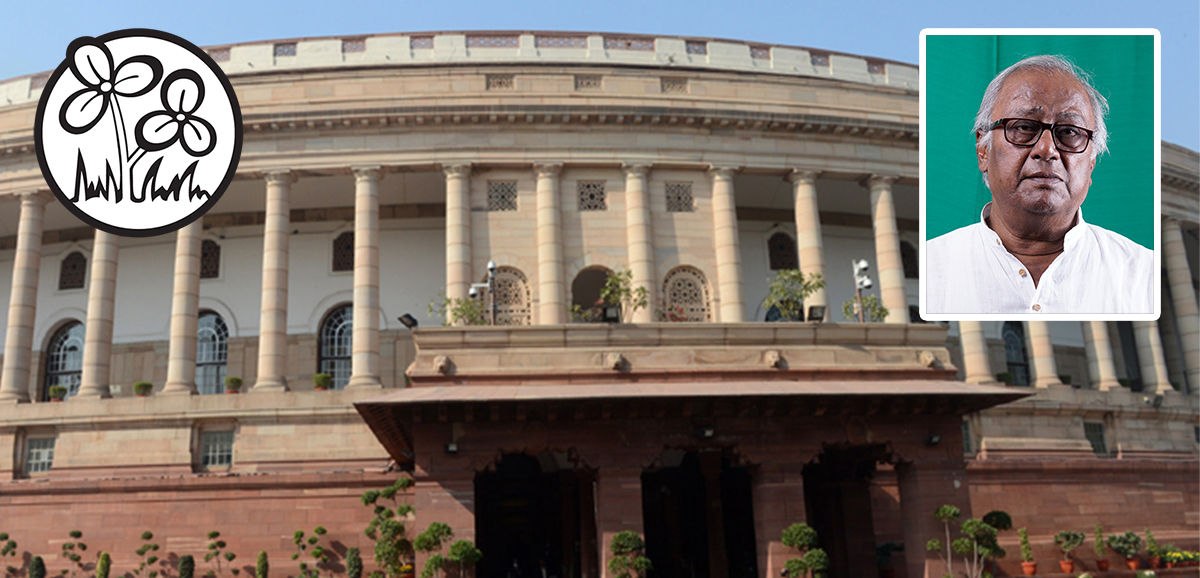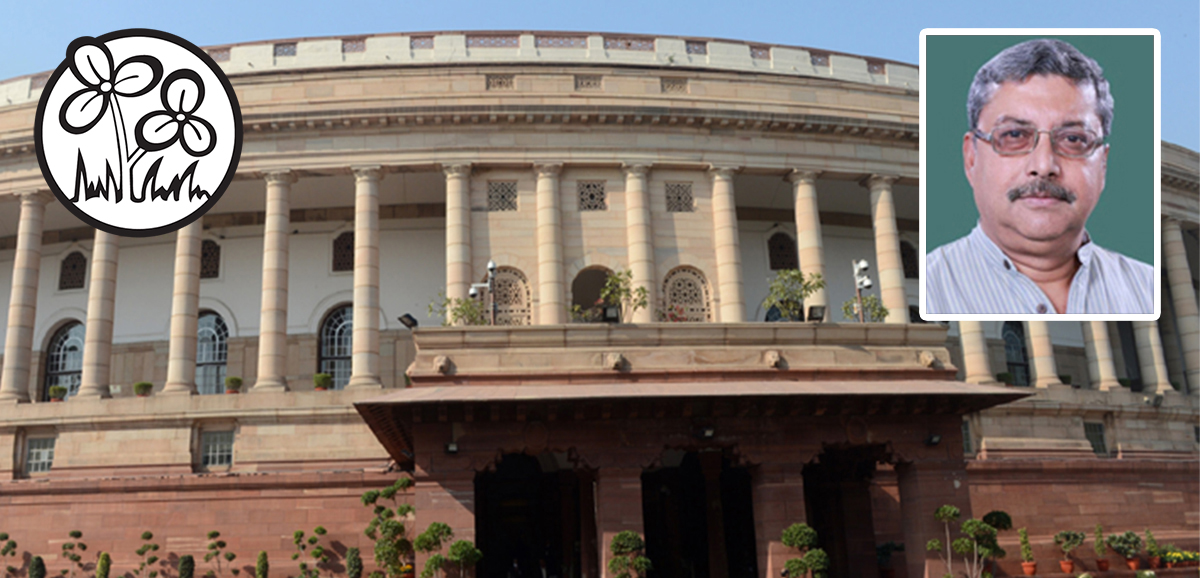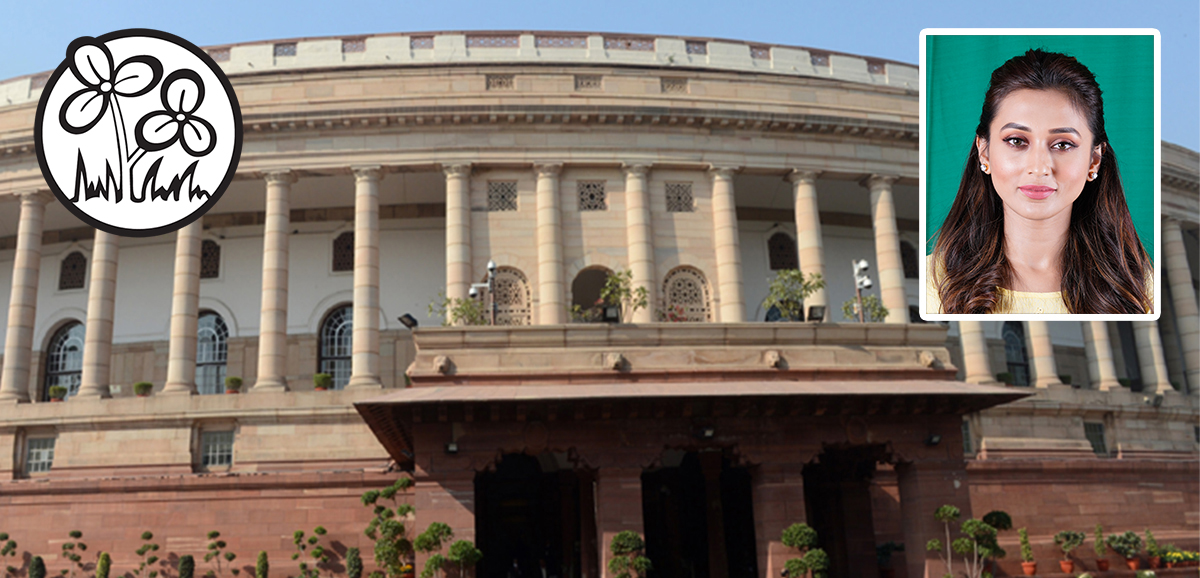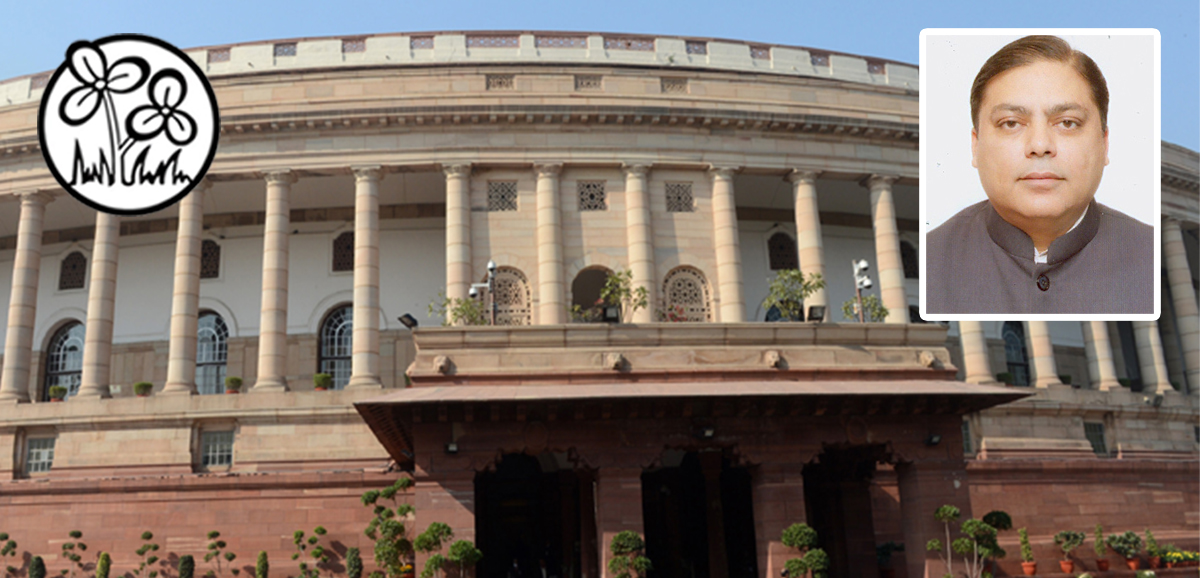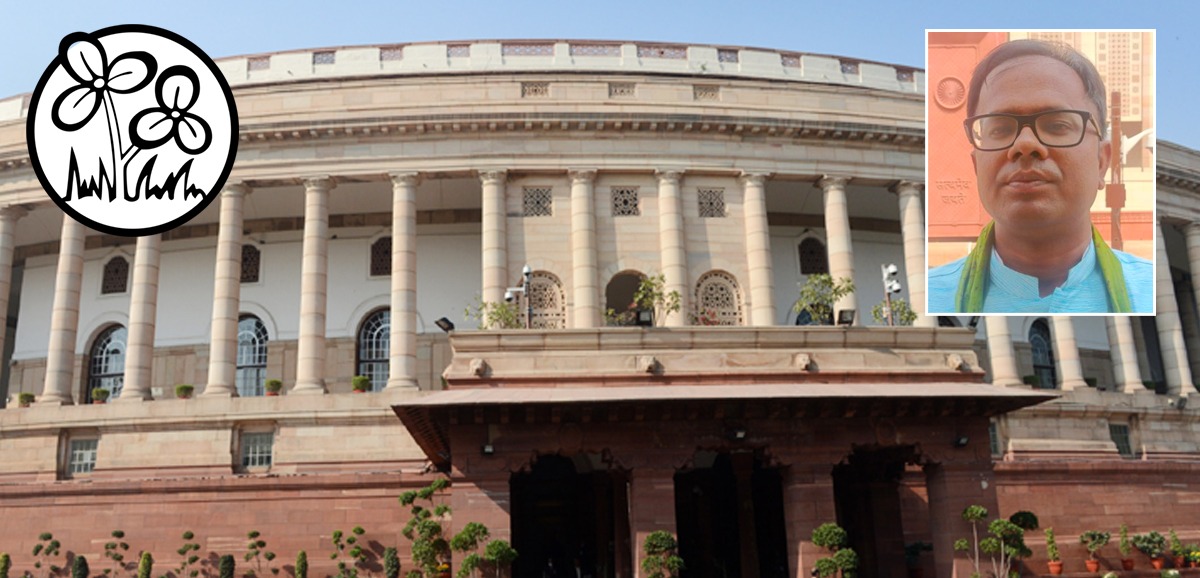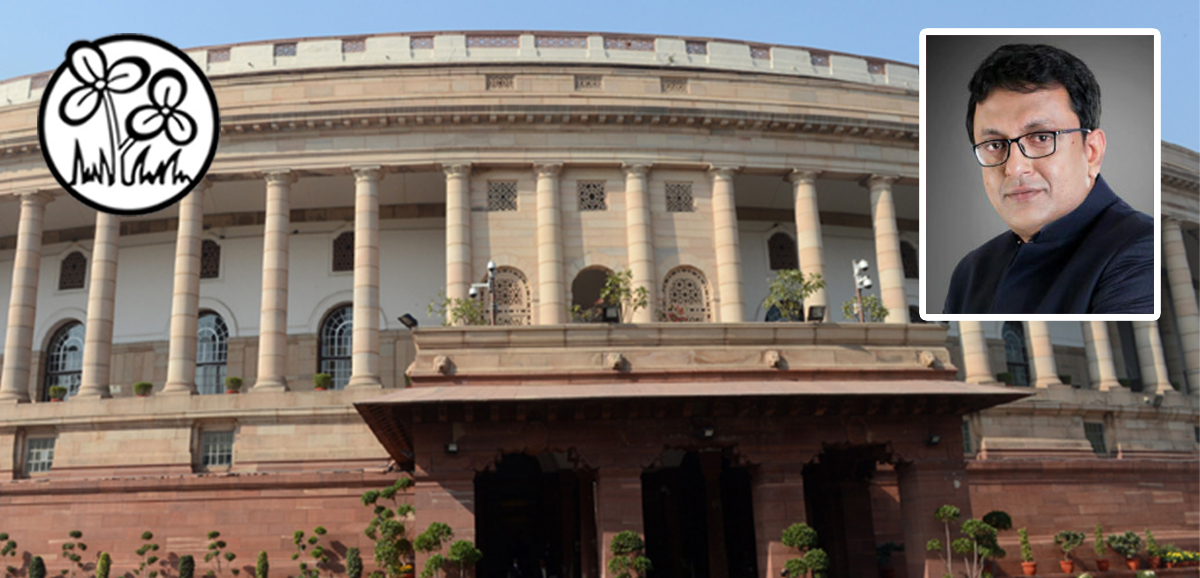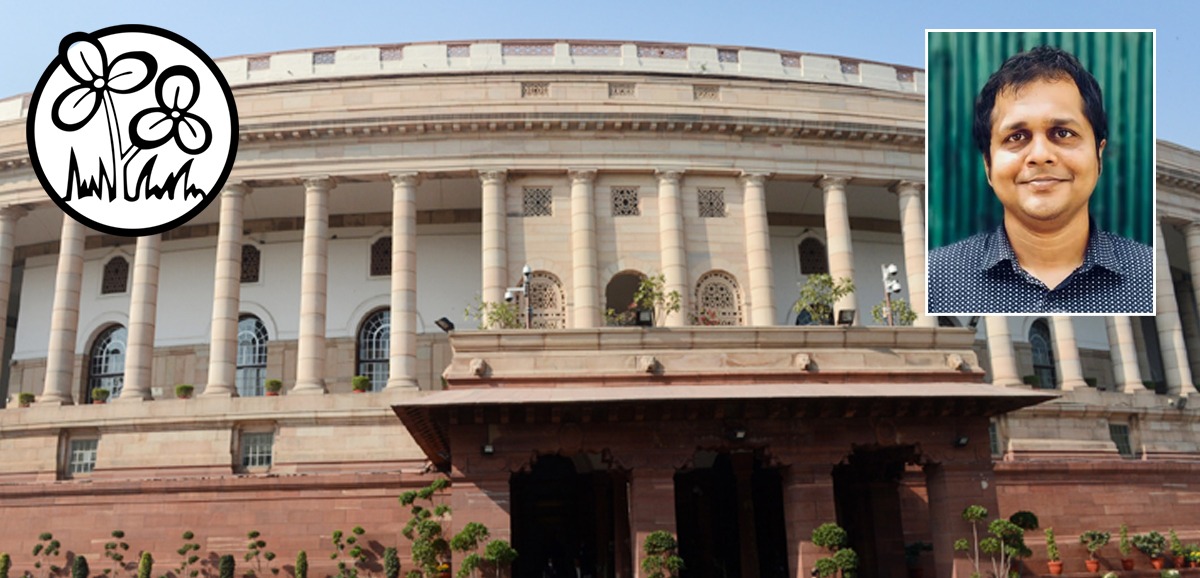Sir, I rise to speak on the Supplementary Demands for Grants. I would have been happy if the Finance Minister was here. The whole House looks like a desert. The Finance Minister is not there. Out of the two Ministers of State, only one is there. One Minister for Tribal Affairs is there. The Law Minister is also there. The others have all escaped. What is the point of speaking, if the Ruling Party does not stay? Anyway, the Government is going to enhance its spending by a little over Rs. 58,000 crore, with about one-third of this being allocated to subsidies. Gross additional expenditure met by savings of the Ministries and Departments and by enhanced receipts is Rs. 70,000 crore. Additional Rs. 14,524 crore have been given for MGNREGS. This would take total MGNREGS bill to Rs. 77,175 crore, which is lower than Rs. 89,150 crore last year. Regarding MGNREGS, I am saying that this Union Government is being cruel to West Bengal. It has deprived us of Rs. 7,300 crore. People who have worked for MGNREGS are being deprived of their wages. I have never heard of such a Government here. They will have to pay for this cruelty to West Bengal farmers. The Chief Minister has said yesterday that total dues from the Centre amount to Rs. 1,15,000 crore. The Chief Minister will be coming next year to make her demand to the Prime Minister and other Central Ministers. I demand in this House that West Bengal dues be paid. Having said that, I will say a few words about the economic situation. The Finance Minister in her Rajya Sabha speech said that the Centre has addressed the issues of inflation, unemployment and inequality. I shall take them up one by one. Let me say that the Centre is confident of achieving fiscal deficit target of 5.9 per cent and is committed to lowering the fiscal deficit to 4.5 per cent in two years. Now, let us look at the Budget. The Economist of London says that sluggish investment is holding India back. Investment as part of GDP was 40 per cent in 2008 and is now 34 per cent. The money is not going into factories, research and private business, rather in infrastructure funded by the Government. As a result of this, Foreign Direct Investment, FDI, fell by 16 per cent to $71 billion in the fiscal year ending March 31st, 2023. FDI is falling. Finance Minister said that all is right in the State of Denmark. Out of the $120 billion worth of projects scheduled to be completed by 2023, only $72 billion worth of projects were finished. This is the condition of infrastructure. I came across an article by Eswar Prasad, Cornell Professor. He said: “The country’s infrastructure has many gaps in supporting a vibrant manufacturing sector. The educational sector is not equipping young people with the vocational and educational skillsneeded for a modern economy.” Job growth has been weak with little net employment creation in the manufacturing and service sectors. This raises fears of social instability. People go unemployed, society will be disturbed. Professor Prasad says: “Endemic corruption continues to hold back business dynamism as politically well-connected conglomerates have accounted for significant share of growth leading to a concentration of economic power.” A well-functioning legal system, a free Press, and other checks and balances are key to maintaining investors’ confidence. This Government has been prickly about criticism. So, this has held back investment. अगर लोगों को च िंता रहती हैचक सरकार के चिलाफ कोई भी बोलेगा, तो उसके पीछेईडी और सीबीआई पड़ जाएगिं े, तो कोई यहािंआकर इन्वेस्ट नहीं करगे ा। Now, I am reading Financial Times, which is the most respected economic journal in the world. What do they say about Indian economy? We are talking about stock market. They say: “Indian upper middle class that invests in the local stock market accounts for three per cent. In China, it is 13 per cent. It is 55 per cent in USA. So, a very low percentage of people invest in the stock market. The benefits of India’s growth have been distributed shockingly unequally. Whereas its share of GDP going to the top oneper cent grew in China between the 1980s and the 2010s from seven per cent to 13 per cent, in India, it rose from 10 per cent to 22 per cent. So, inequality is there. India today is more unequal than even post-apartheid South Africa and Putin’s Russia.” …(व्यवधान) क्या है I am not saying this. This is Financial Times. Uday ji, you are one of the persons who read a few business magazines. Sir, now, when we talk about stock markets, who is the biggest beneficiary of stock market? प्रॉब्लम क्या ह? The Financial Times says the biggest beneficiary of stock market is – I am not saying this – whose connection with … goes back to the aftermath of Gujarat riots. … Sir, in 1980, India lost out to China in manufacturing. What is happening in India is that in 2020 World Bank’s Human Capital Index, which measures education and health outcomes, India had a score of 0.49 that is well below Nepal and Kenya, which are both poor countries. China had a score of 0.65. Since 1990, Indian women’s labour participation has fallen from 32 per cent to 25 per cent. There are hundreds of millions of unemployed and unskilled youth. The biggest problem today is unemployment and this is borne out by the World Bank Report. … Sir, why are you not giving me time to speak? Sir, Nishikant ji went on speaking. You kept quiet. … Sir, unemployment among under 25 is already more than 45 per cent. Despite progress in many matrices, a substantive welfare state remains an illusion. I want to say that in per-capita GDP index out of 194 nations, we are at 133. From 2014 to 2023, the price of rice has risen by 56 per cent, wheat by 59 per cent and milk by 61 per cent. Impact on growth is not being felt on the ground. Literacy is only 74 per cent. Unemployment rate for 15-24 years is 23 per cent, and for graduates it is 42 per cent. देश की हालत केबारेमेंसचुनये। All is not well in the state of … (Interruptions). India has 23 crore poor people, and among children 16.3 per cent are under-nourished. … Sir, according to McKinsey, India needs to boost its rate of employment growth and get 90 million non-farm jobs per year between 2023 and 2030 to increase economic growth. The net employment rate needs to grow by 1.5 per cent per annum. … This is neither an economic recovery nor is it a growth-oriented economy. It is an economy which benefits only the … and … Thank you, Sir.
